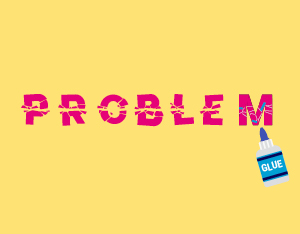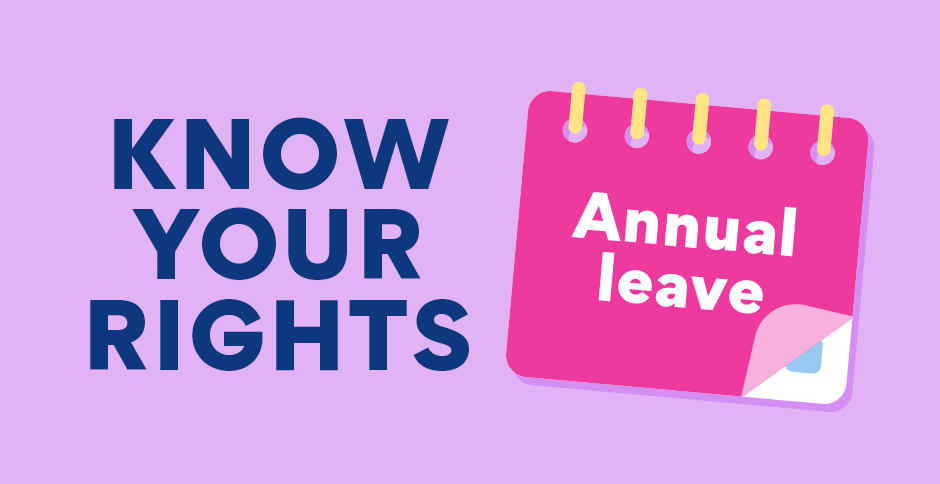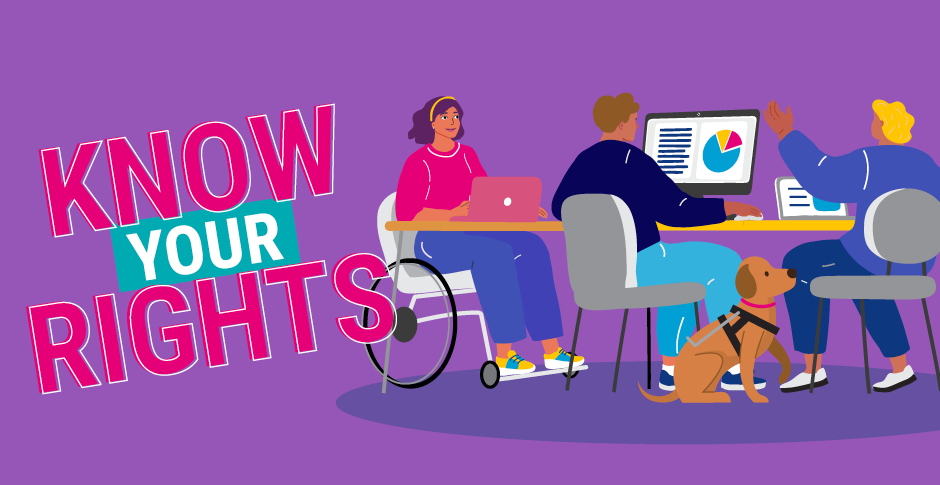Most of us are used to facing challenges and trying to solve problems at work.
Maybe it’s an error, like I’ve just made a mistake that means a customer won’t get what they ordered.
Or perhaps you feel thrown in the deep end, like I’ve been left to give a large presentation to external clients on my own.
No matter the size of the problem, plenty of us could do with a little help for the challenges we face. In fact, SEEK research reveals that one in three of us want more support when it comes to breaking down problems.
We asked SEEK’s resident psychologist Sabina Read, and workplace effectiveness expert Donna McGeorge to take us through a framework to use when we’re faced with a problem at work.
“A framework can be useful to provide guidance, structure and can help minimise blind spots and biases,” Read says. “If you’re using a framework, it’s important to take an active role in considering and addressing the problem.”
The problem:
Here’s an example of a problem from an employee working in energy and resources:
“I made a purchase from a supplier who was not on our approved vendor list, but it was too late to cancel without losing tens of thousands of dollars. I lost sleep, felt stressed and anxious, and wondered if I would be personally liable for the cost of the purchase I'd made if the vendor couldn't be approved for any reason.”
A framework to solve problems at work
1.Identify the problem
“Sometimes our problems at work are due to poor communication or information, lack of clarity, lack of competence or poor relationships,” says McGeorge. “First you need to identify what the problem is.”
In the example above, the employee may not have known the supplier wasn’t approved or may have thought the supplier was approved, but the problem is clear – they authorised a payment from an unapproved supplier.
2.Make a mental image of the problem
When we make mistakes or face problems at work, it’s easy to feel overwhelmed, stressed and anxious.
McGeorge suggests taking a moment to close your eyes and ‘see’ the problem in your mind. “Once you have it in your mind, make it smaller or move it further away,” she says. “This mental exercise often helps reduce the amount of cortisol (stress hormone) and adrenaline in our systems by taking the edge off the problem and making it more mentally manageable.”
3.Get support
It’s not always easy working through problems by yourself, so don’t be afraid to reach out to a colleague or your boss for some help or advice. “You might feel concerned about your boss or colleague’s reaction, but talking through an issue means gaining another perspective and some all-important support,” Read says. “We can often become too fused with a problem and find it difficult to see the wood for the trees.”
4.Brainstorm solutions
“Idea generation is a crucial part of problem solving,” Read says. “This is when you see yourself as an important part of resolving the problem.”
In the example above, the employee could write a list of how they could tackle the problem. They could brainstorm ideas like telling their boss or contacting the supplier to see if they could reverse or cancel the order.
5.Sleep on it or take a break from it
Sometimes problems can’t be solved easily or quickly. McGeorge suggests giving your brain a chance to ‘reboot’ overnight. “Things always seem clearer in the morning,” she says. “Tasks (like problem solving) that require attention and focus are usually best done in the morning.”
6.Take responsibility and action
With the example above, the employee took responsibility for the mistake. After worrying about the situation, they told their boss. “He understood and we fixed the problem. It definitely wasn't the crisis I was imagining.”
Once you make a start on the problem – whether that’s by telling someone, asking for help or tackling it head on – you’ll be able bring it down to a more manageable size to solve.



